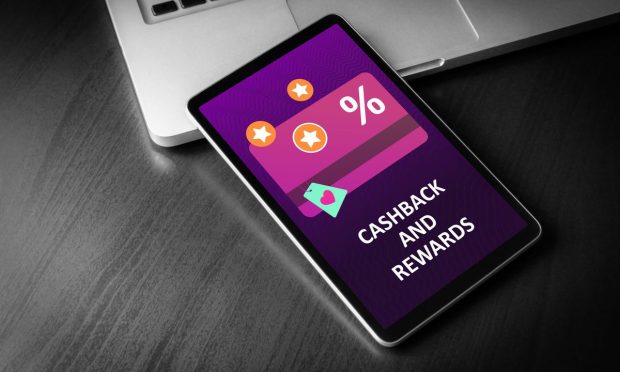US Credit Card Issuers Compete for New Business

Credit card lenders have been stepping up their marketing efforts to draw in new borrowers, showing confidence in U.S. consumers even as the economy could be tilting toward a recession.
The volume of paper and digital mail solicitations increased for the second quarter in a row, having risen 47% in the first quarter, per a Financial Times report Sunday (July 31).
It could hit a new high this year, as there’s been an 85% rise from the levels seen in 2020. Issuers all over the map have said they’re allocating more for marketing spending, per the report.
J.P. Morgan Chase, the biggest U.S. card issuer, showed how fierce the competition has been for borrowers recently, blaming higher customer acquisition costs for a 45% fall in second-quarter card profits.
Meanwhile, Capital One, the second-largest U.S. issuer, said its quarterly marketing expenses were up 62% from the same time last year. The bank said it would keep being aggressive.
This increase in activity is “noteworthy” because of how the economy is doing, per the report, as lenders usually sending out fewer card offers when things are looking uncertain. Usually at those times, there’s also a greater focus on selling premium cards and making offers to existing customers.
But now, lenders think they have room to bolster the size of their loan books, with low unemployment and apparently healthy consumer balance sheets.
Meanwhile, the Federal Reserve is still raising interest rates to help bring down inflation. The economy has been in flux for some time, with various factors — including the lingering effects of the pandemic and the Russia-Ukraine war — making things much more dire for many people.
See also: GDP Contracts Again, Sparking New Recession Angst
PYMNTS recently wrote that the U.S. economy had contracted for the second consecutive quarter, with that being a typical sign of a recession. However, economists have been disagreeing on what will be considered a concrete mark of such a slump, as the pandemic has changed a number of factors.
According to a report from the Bureau of Economic Analysis, inflation hit a new four-decade high during the second quarter, and consumer spending slowed slightly.
